#European amphibians
Video
Pool Frog (Pelophylax lessonae) southern clade - 1 of 2 by Will Atkins
Via Flickr:
a rather nice leopard pattern individual, Berkshire
#pool frog#Pelophylax#Pelophylax lessonae#green frog#green frogs#water frog#water frogs#wildlife#wildlife of Europe#European wildlife#amphibian#amphibians#amphibians of Europe#European amphibians#frog#frogs#European frogs#frogs of Europe#British wildlife#wildlife of Britain#UK wildlife#wildlife of the UK#frogs of Britain#British frogs#non-native species#non-native wildlife#non-native amphibians#British amphibians and reptiles#British reptiles and amphibians#UK reptiles and amphibians
6 notes
·
View notes
Note
Hello I would like to request your favourite little freak(amphibian) for day 1432
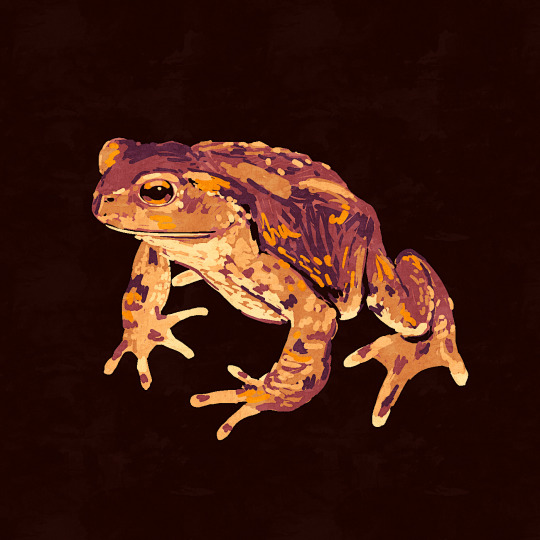
day 1432
#amphibian#frog#toad#european common toad#i had to look up what 1432 means but i think its cute#i interpret this as just my favorite amphibian which is the common toad#i think you can tell from my art that its one of the amphibians i instinctually go for when i have no specific species to draw#i know its a boring answer but its a good frog. plain and simple#and its the one i've actually interracted with the most irl :)#and more specifically we had a toad that lived in the drain in the cellar in a previous house#its where we had all the laundry stuff. so we called him laundry frog. he is like the patron saint of laundry. to me#laundry frog specifically is my favorite little freak#laundry frog#oops i think i forgot to save the alt text#it should be fixed now but i have no idea how that works in relobgs
600 notes
·
View notes
Text
Phrog Photos, for you :)


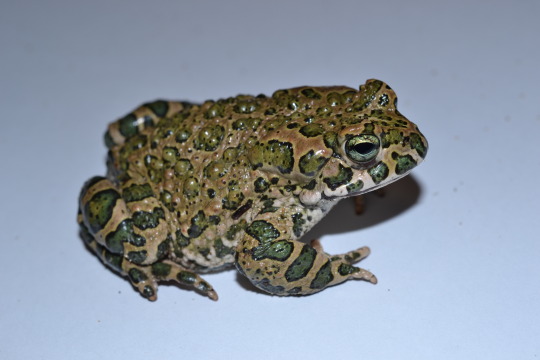
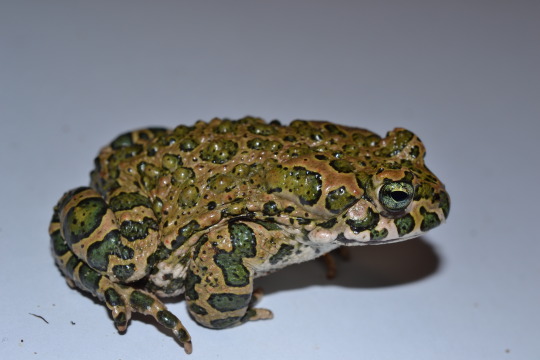

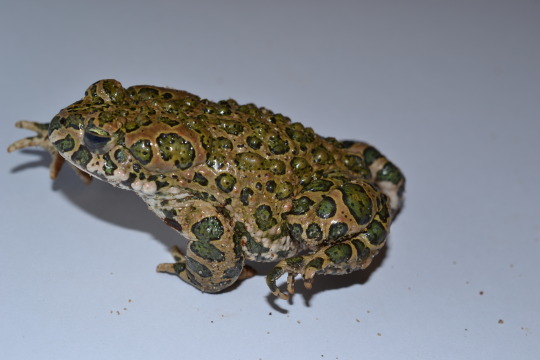
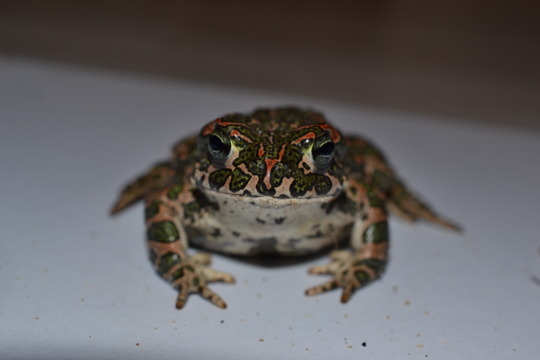
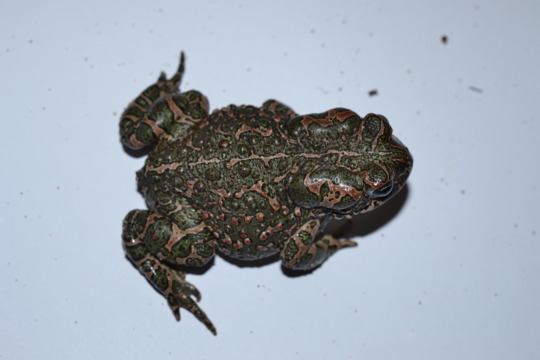



Taken as reference photos for myself. Maybe they will be useful for someone else, too!
#frog#toad#frogs and toads#bufotes viridis#green toad#european green toad#bufo viridis#amphibian#herping#herpblr#amphibians#frogs#toads#cute toads#i love toads#goblincore#mosscore#goblin aesthetic#critter#critters#lil guy#animal#animals#animal photography
510 notes
·
View notes
Text

Reptiles, Amphibia, Fishes and Lower Chordata. Written by Richard Lydekker and others. Illustration by J. Green. Published in 1912.
Internet Archive
147 notes
·
View notes
Text
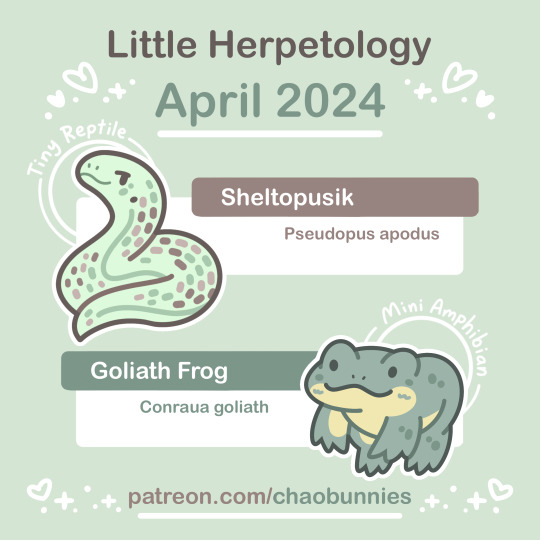
April's Tiny Reptile and Mini Amphibian designs: Sheltopusik and Goliath Frog! 🦎🐸
Fun facts! Even though sheltopusik looks like a snake, it's actually a legless lizard! My Patreon can be found here.
#sheltopusik#european glass lizard#frog#goliath frog#herpetology#reptile#amphibian#froggy#enamel pin#pin club
73 notes
·
View notes
Photo

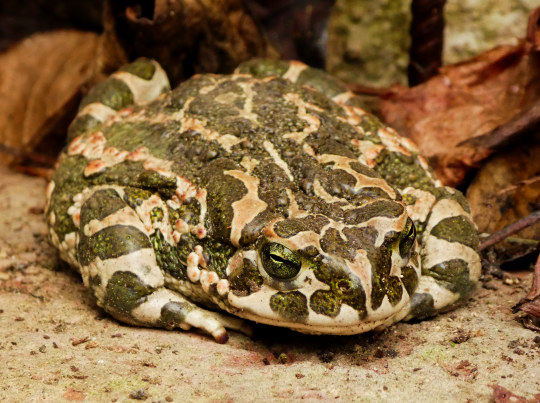



found a beautiful European green toad (Bufotes viridis) in our garden
-L.F.
#my photography#toad#european green toad#ropucha zelená#amphibians#aaaaa#dad removed the bricks she was hiding under so i had to move her to different bricks pile
360 notes
·
View notes
Text

European common frogs (Rana temporaria)
By: Walter Rohdich
From: Living Amphibians of the World
1966
#european common frog#frog#amphibian#1966#1960s#Walter Rohdich#Living Amphibians of the World (1966)
57 notes
·
View notes
Text
Alpine newt (Ichthyosaura alpestris)
Vitosha Mountain, Bulgaria
edit: she's a lady
#leaf-thief oc#ecology#zoology#nature#biology#eastern european#triton#newt#amphibian#bulgaria#biodiversity#alpine newt#ichthyosaura alpestris
300 notes
·
View notes
Text
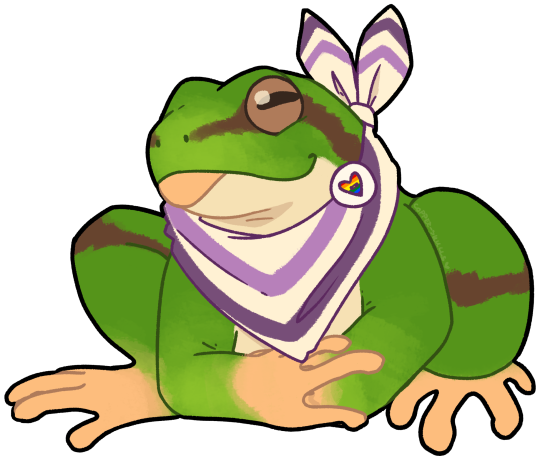
f.rog for the @amphibianaday pride event thingie! i. hope I'm still on time lmao I'm never sure with timezones. if not then I mean! still got to draw a cute froggo. win situation either way
#amphibian pride 2023#I didn't want to do it last minute but ALAS. wrist#got possesed by that style where you color only the interior lines of a drawing. don't get used to it it's work and I haven't figured it ou#should be?? european tree frog?? but they got smoething going on with their feet that I couldn't get to look right without doing full shadi#ng so I just. fumbled it somehow#digital art#krita#frogs#i completely forgot all my organization tags.#amphibians
102 notes
·
View notes
Text

European fire salamander (Salamandra salamandra)
Photo by Martin Gabriel
#fire salamander#european fire salamander#salamander#salamandra#salamandra salamandra#amphibians#yellow#animals#wildlife#nature
62 notes
·
View notes
Text
#WorldFrogDay fashion accessory: 🐸👛

Frog Purse
Europe, 17th century
silk and metal threads, silk floss, silk fabric, leather (possibly), wire and glass beads; detached needlepoint, laid and couched stitches
L 8 x W 6 x D 2 cm
Ashmolean Museum
#frog#amphibians#historical costume#accessories#purse#European art#17th century art#Ashmolean Museum#textiles#animal holiday#World Frog Day#animals in art
122 notes
·
View notes
Text
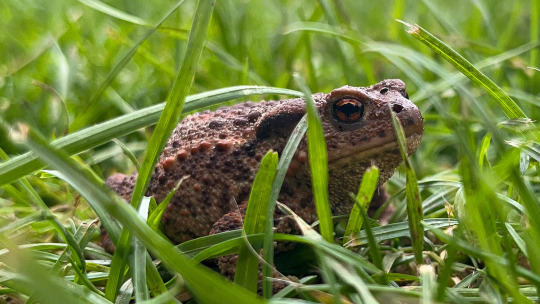
European toad (Bufo bufo)
#bufo bufo#European toad#common toad#toad#toadblr#amphibian#amphibians#animal lover#animal#wild animals#animal photoshoot#animal photography#animals#wildlife photography#wildlife#wildlife pictures#green grass#nature#walking in nature#nature lover#nature photoshoot#nature photography#naturecore#beautiful#beautiful photos#my photo#photography#photooftheday#photoart#forest
44 notes
·
View notes
Text
Bufo bufo




The common toad. Even if they are considered ordinary, I find them beyond precious and worthy of love :)
#toad#frog#amphibian#phrog#frog photo#frog photography#toad photo#phrog photo#herpblr#bufo bufo#common toad#european common toad#bufo#i love toads#lil guy#goblincore#little guy#just a lil guy vibing tbh
47 notes
·
View notes
Text
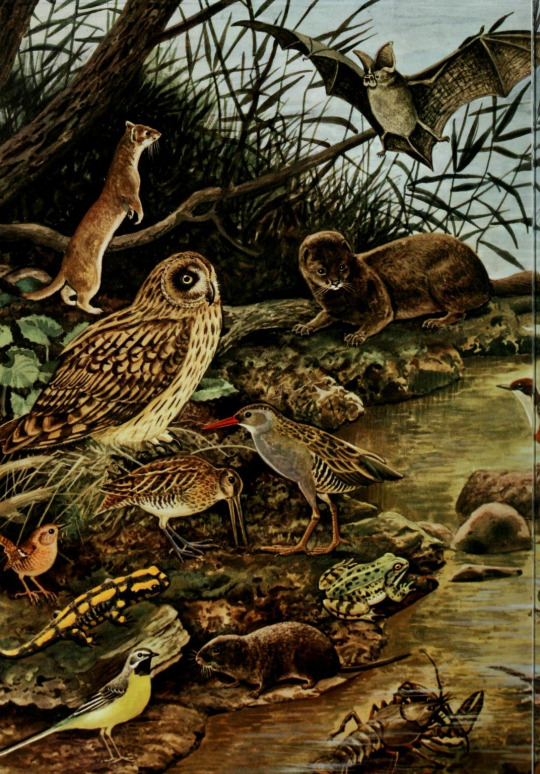

Grzimek's Animal Life Encyclopedia, vol. 11, Mammals II. 1972.
#bats#greater horseshoe bat#water bat#rodents#european water vole#mustelids#stoats#mink#eulipotyphla#european water shrew#birds#water rails#woodcocks#raptors#owls#short-eared owls#grey wagtails#wrens#dippers#amphibians#salamanders#spotted salamanders#frogs#edible frogs#european tree frogs#marine life#fish#bony fish#pike#trout
246 notes
·
View notes
Photo

Moor Frog (Rana arvalis)
Family: Typical Frog Family (Ranidae)
IUCN Conservation Status: Least Concern
Although pale brown or grey throughout most of the year, male Moor Frogs (such as the individual pictured above) turn a vivid blue colour for a short period during the species’ mating season - it has been observed that females seem to prefer bluer males when selecting a mate. Found across almost all of Europe and Asia, Moor Frogs inhabit a wide range of habitats (primarily forests, grasslands and swamplands, but also environments that are more hostile to amphibians such as tundras, semi-deserts and human gardens) and are typically found around water, seemingly preferring slightly acidic waters with a pH of around 6. Moor Frogs feed on a wide range of invertebrates (particularly beetles, but they also regularly take flies, wasps, bees, hemipterans, spiders, slugs, snails and centipedes), and like most frogs in their family they rarely actively search for prey, instead opportunistically catching any suitably sized invertebrates that come near them using a long, forked tongue attached to the front of its toothless lower jaw, allowing it to be rapidly flicked outwards to ensnare prey using sticky saliva before being quickly pulled back into the mouth to be chewed by teeth on the upper jaw. Although typically nocturnal, members of this species are near-constantly active during the short mating season (which varies geographically but typically occurs at some point between March and June), with both sexes gathering at pools suitable for breeding and males floating in the water and producing bizarre, warbling mating calls in hopes of attracting a female. Female Moor Frogs, which are dramatically larger and stronger than males, prefer males with louder calls and bluer skin, and upon accepting a male as her mate a female will allow him to climb onto her back where he will remain for anywhere from a few hours to a few days in a state known as amplexus - during amplexus the female will periodically lay large clutches of gelatinous eggs, and the male will fertilize them externally. Unusually among frogs of the genus Rana, Moor Frogs have been known to frequently engage in multi-male amplexus in which several males will cling to a female’s back and all compete to fertilize her eggs. Tadpoles of this species hatch within around 20 days of their eggs being fertilized and often gather in schools to provide protection from predators, feeding on algae, aquatic plants and tiny invertebrates for the first 12-14 weeks of their lives before developing into froglets and transitioning to a diet of small arthropods such as mites and springtails, finally reaching full maturity at 2-5 years of age. During the winter Moor Frogs hibernate in damp, sheltered environments, and (owing to a range of substances in their tissues and blood that allow their cells to withstand damage done by ice formation, known as cryoprotectants) can survive their bodies partially freezing with no lasting consequences.
--------------------------------------------------------------------------
Image Source: https://www.inaturalist.org/taxa/25488-Rana-arvalis
#Moor Frog#moor frogs#frog#frogs#zoology#biology#Herpetology#amphibian#amphibians#herpetofauna#animal#animals#wildlife#asian wildlife#european wildlife#blue frogs :)
49 notes
·
View notes
Video
Viviparous Lizard (Zootoca vivipara) by Will Atkins
Via Flickr:
female
#Viviparous Lizard#Common Lizard#Zootoca vivipara#Zootoca#lacertid#Lacertidae#Wildlife#Wildlife of Europe#European Wildlife#Animal#Nature#animal portrait#reptiles#reptile#reptiles of Europe#European reptiles#lizard#Lizards#Lizards of Europe#British Wildlife#British amphibians and reptiles#British reptiles and amphibians#British reptiles#British lizards#UK wildlife#UK reptiles and amphibians#UK amphibians and reptiles#UK reptiles#UK lizards#Dorset wildlife
1 note
·
View note
